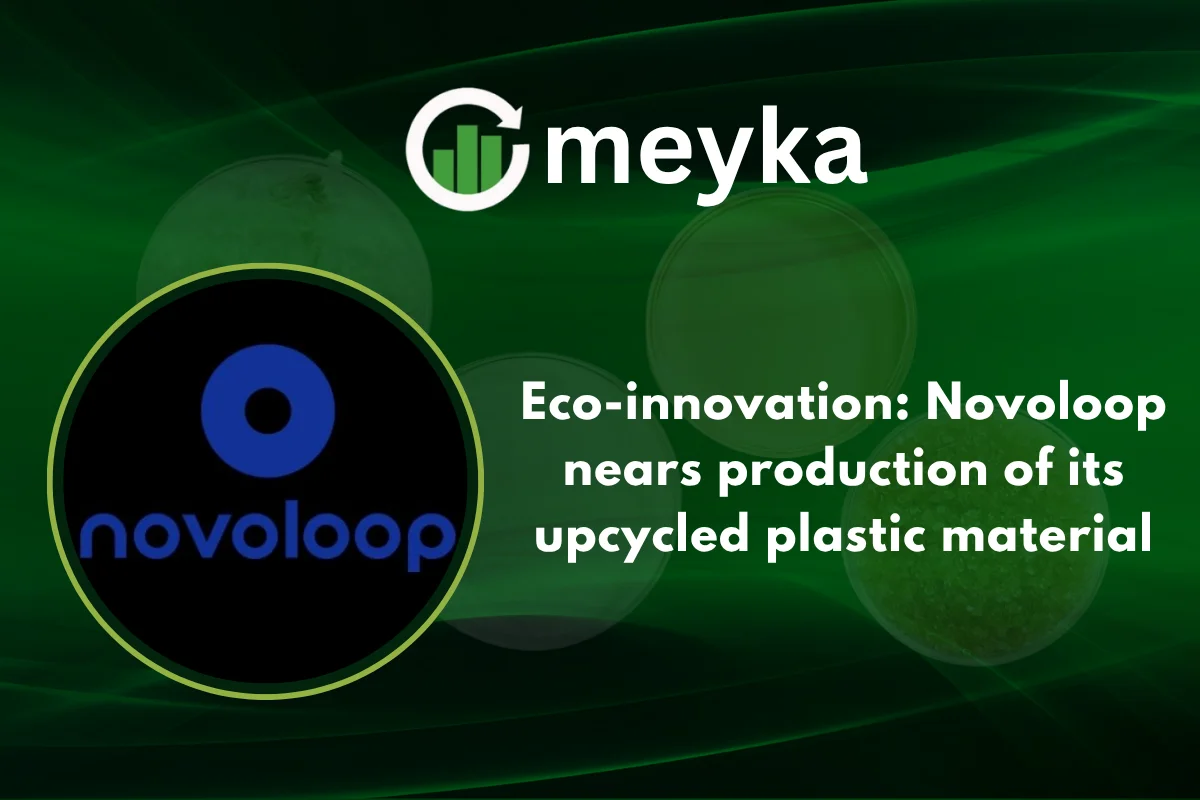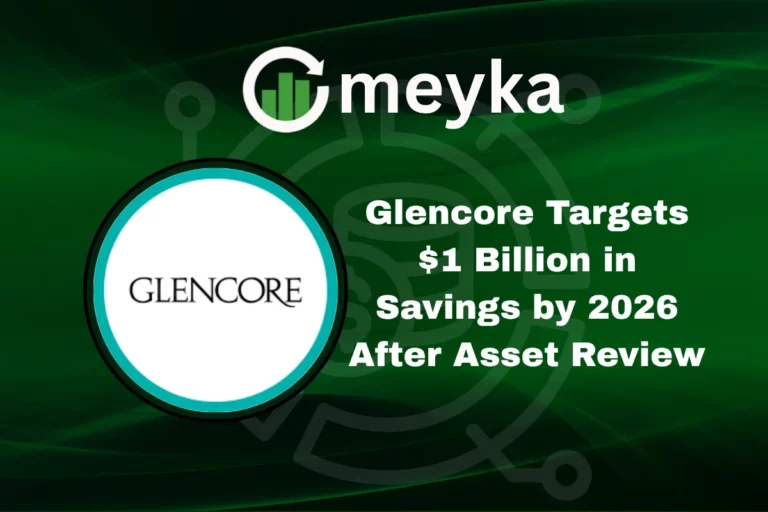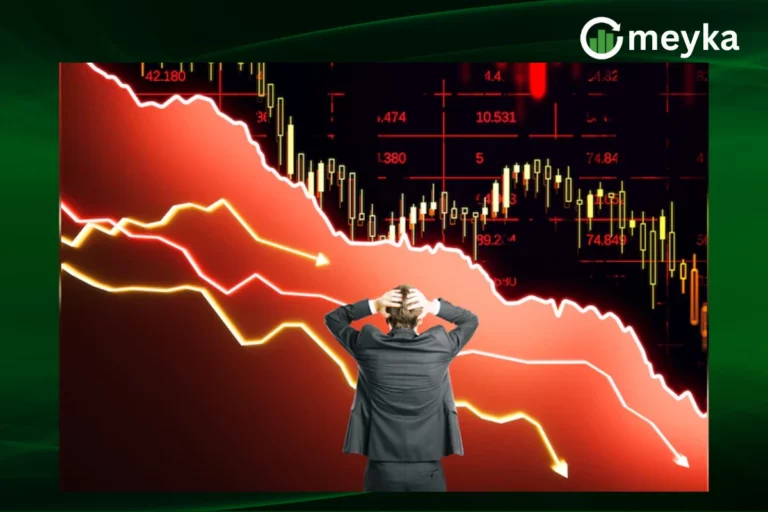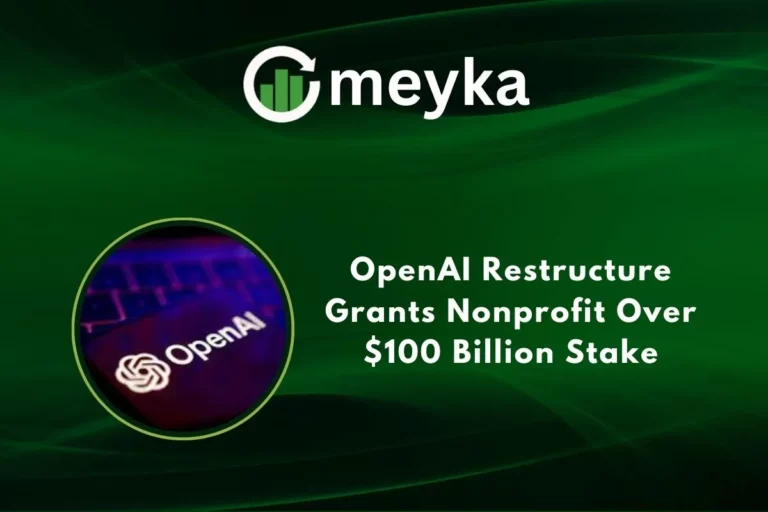Eco-innovation: Novoloop Nears Production of Its Upcycled Plastic Material
The plastic waste crisis is one of the defining environmental challenges of our time. Only about 9% of plastic is recycled globally, and most of that is downcycled, turned into lower-value materials, or incinerated. Enter Novoloop, a materials and cleantech startup whose mission is nothing less than to transform how we deal with plastic waste.
Novoloop is advancing toward full-scale production of its upcycled plastic material, aiming to replace virgin plastics in high-performance products while cutting carbon emissions.
What Is Novoloop? Vision, Origins, and Mission
Novoloop (formerly BioCellection) was co-founded in 2015 by Miranda Wang and Jeanny Yao. Their inspiration came from a visit to a waste transfer station during high school, where they witnessed the sheer volume of plastic destined for landfill.
The name “Novoloop” blends novo (“as good as new”) and loop (the notion of circularity). Their goal: build scalable materials that reclaim plastic waste and bring it back into durable, high-value applications, closing the loop of the plastic economy.
From day one, Novoloop focused on polyethylene (PE), the most abundant form of plastic used in packaging, films, and single-use bags. Because PE is often contaminated or mixed, it is very difficult to recycle into high-grade products. Novoloop’s strategy is chemical upcycling: break down the polymer at the molecular level, then reassemble it into high-performance materials, not just lower-grade fillers.
How Novoloop’s Technology Works: ATOD & Lifecycling™
At the heart of Novoloop’s breakthrough is a chemical process called Accelerated Thermal Oxidative Decomposition (ATOD™).
Here’s a simplified breakdown:
- Feedstock preparation: Novoloop takes post-consumer PE waste (films, bags, wraps), cleans, shreds, and removes contaminants.
- Chemical breakdown: Under controlled temperature (modest heat) and in the presence of oxidants, ATOD converts PE into dicarboxylic acid monomers and chemical building blocks.
- Purification and reformulation: Impurities and dyes are removed. The monomers are then recombined, often with other helper chemicals, to form high-value intermediates like polyols, which feed into polyurethane processes.
- Material fabrication: The final output is a thermoplastic polyurethane (TPU) material that rivals virgin TPU in performance. Novoloop markets its first product under the brand Oistre™ (formerly named).
Novoloop also uses the broader label Lifecycling™ to describe its suite of chemical transformation processes for plastic waste to performance materials.
In life cycle assessments, Novoloop claims that Oistre’s carbon footprint is up to 46 % lower than traditional petrochemical-based TPU.
Milestones: From Lab to Pilot to Production
Series Funding and Commercial Momentum
In February 2022, Novoloop closed an $11 million Series A round to scale its process and launch Oistre. In mid-2025, Novoloop raised $21 million in Series B led by Taranis, with participation from existing investors and new backers like SHOP Limited (the family office of Bata Shoe Company).
These funds will accelerate construction of the first commercial-scale facility, expanding capacity, and onboarding industrial customers.
Pilot and Demonstration Plants
Novoloop has built a demo plant in India, which has achieved sustained continuous operation, converting PE waste into TPU on a small scale.
They have also selected Worley (a global engineering firm) to assist in studies for a first-of-a-kind (FOAK) facility on the U.S. Gulf Coast with projected waste-plastic capacity of 20,000 metric tons per year.
In January 2024, Novoloop broke ground on a pilot plant with partner Aether, moving toward scale.
Early Commercial Partnerships
Novoloop already has industrial collaborations. In 2022, it partnered with On (the Swiss running-shoe brand) to produce a sneaker outsole made with upcycled TPU.
They also work with Bemis Associates, an apparel materials company, to integrate Oistre into seam tapes and waterproof membranes.
As Novoloop approaches production, those early partnerships serve as proof of concept and demand validation.
Why This Matters: Environmental + Market Opportunity
Massive Plastic Waste, Hard to Recycle
Polyethylene (PE) is ubiquitous, used in packaging, agricultural films, bags, and liners, and yet very little is upcycled. Most of it ends up in landfills, incinerators, or the natural environment.
By converting low-value waste into high-performance polymers, Novoloop addresses a major gap in the global recycling infrastructure. It reclaims “unrecyclable” plastics and shifts them into durable goods.
High Value and Margins
A key advantage is value multiplication; waste materials that typically command a very low price can transform into TPU, which sells at a much higher margin.
Decarbonization Potential
Through chemical upcycling, Novoloop avoids fossil feedstocks and reduces greenhouse gas emissions. Their lifecycle analysis claims significant CO₂ savings.
Growing Demand for Sustainable Materials
Brands across footwear, apparel, automotive, electronics, and sporting goods are under pressure to adopt sustainable materials. Novoloop’s Oistre offers a viable alternative to virgin TPU. Hence, Novoloop is positioned at the intersection of materials innovation, climate technology, and the circular economy, attracting investors and strategic partners.
Challenges Ahead & Risks
- Scale-up risk: Moving from pilot to commercial scale always carries technical risks, including yield, process stability, and cost control.
- Feedstock sourcing and purity: Securing consistent, clean, sorted plastic waste at scale is complex.
- Capital intensity: Chemical plants require large capital investment; financing and execution matter.
- Competition & regulation: Competing advanced-recycling firms and evolving regulatory frameworks present both opportunity and threat.
- Market adoption lag: Convincing brands to use new materials requires validation, certification, and long-term commitments.
- Price parity with virgin plastics: To compete, Novoloop’s Oistre must approach cost competitiveness with petro-based products.
Implication for Investors and AI / Cleantech Portfolio
While Novoloop is not (yet) a publicly traded stock, its progress should attract interest from investors in climate tech, AI stocks, materials innovation, and sustainable industrial technologies.
Observing developments in Novoloop is wise if you track stock research in AI and deep tech sectors. As more climate-tech firms merge or IPO, Novoloop’s model may influence valuations, partnerships, and sector benchmarks.
Keep an eye on these signals:
- Commercial facility builds and capacity announcements
- Long-term supply contracts with brands
- Patent and IP expansion
- Cost reductions and unit economics
- Regulatory tailwinds favoring circular materials
If Novoloop or a peer becomes investible, it could become part of a diversified portfolio of climate / AI/materials plays.
Conclusion
Novoloop is on the cusp of converting its laboratory breakthroughs into real-world production. With its ATOD / Lifecycling technology, it offers a compelling path to turn plastic waste into high-performance, low-carbon materials. As it nears commercial scale, Novoloop may help shift how industries source plastics and reshape the economics of recycling and material production.
It is a bold example of eco-innovation at scale. For those watching climate tech, materials, and sustainable investing, Novoloop’s trajectory merits serious attention.
FAQs
Novoloop is progressing from demonstration to pilot and is working toward building its first full commercial-scale facility. The timing depends on engineering, partnerships, and funding.
Novoloop claims that its Oistre TPU matches the performance of virgin TPU in strength, flexibility, abrasion resistance, and durability, while offering a lower carbon footprint.
Not currently. Novoloop remains a private company. But its progress is a bellwether in climate tech, and it may attract acquisitions or public offerings in the future.
Disclaimer:
This content is made for learning only. It is not meant to give financial advice. Always check the facts yourself. Financial decisions need detailed research.






